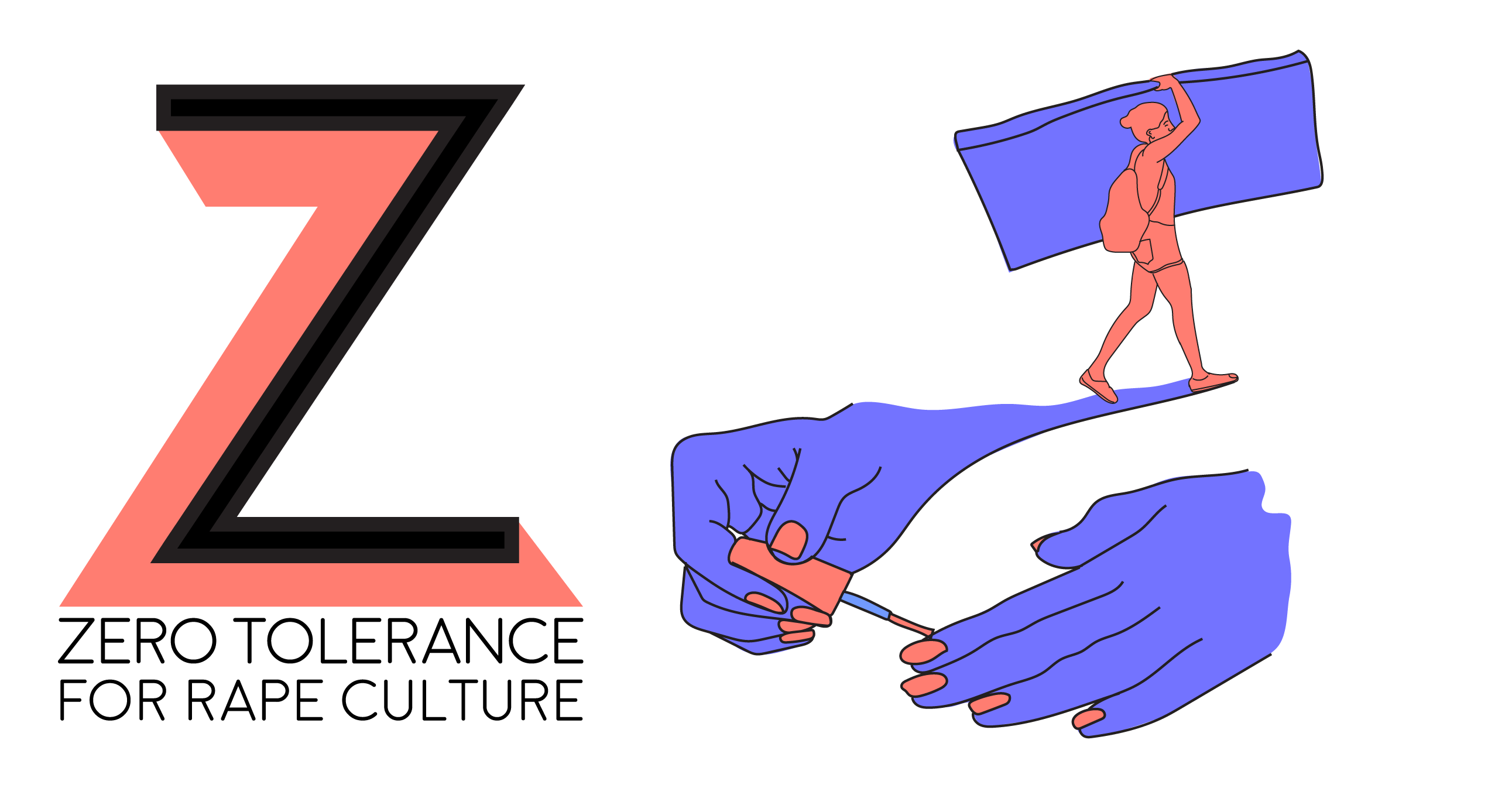M is for Millennials
Almost every day a news outlet produces content that tries to decode the millennial generation. From a Time article calling millennials “lazy, entitled narcissists who live with their parents” to a comic begging us to stop using the word, it seems that everyone has a sweeping opinion on an entire generation.
But who is writing these articles? By clicking the author names on most negative articles condemning our generation, images of white men and women in their late thirties and forties show up.
Is it fair that these Generation X individuals can casually judge their younger peers without fully understanding what problems millennials actually face?
Baby Boomers were born into a period of great economic growth. Because of this, common questions that are asked to millennials relate to work motivation. President Obama questioned the incentives of millennials at the National Urban League Convention:
“You’re competing against young people in Beijing and Bangalore. They’re not hanging out. They’re not getting over. They’re not playing video games. They’re not watching Real Housewives. I’m just saying. It’s a two-way street. You’ve got to earn success.”
Unfortunately for millennials, the Great Recession started right when many were looking for job opportunities. American Progress noted that “while others have slowly returned to work, the unemployment rate for Americans ages 16–24 stands at 16.2 percent, more than double the national rate of unemployment.”
Congress has cut $1 billion from programs that focus on jobs for youth, and sequestration cut more funding and government jobs. While jobs have been disappearing all over the country, many of the jobs that are available require at least a bachelor’s degree.

Those who are not able to attend college or cannot afford it are pushed into low paying and low skill jobs which according the the Labor of Justice Statistics “helps explain why the unemployment rate for workers with no more than a high school diploma is more than twice that for workers with a bachelor’s degree: 8.1 percent versus 3.7 percent.”
We are the generation that pays almost triple for college.
In 1973 a private four year college could cost about $10,783. In 2013 the average was $30,094. National student loan debt is at an all-time high at more than $1 trillion.
The Institute for College Access and Success states that
“The average student debt load made a big jump in the past year, from $26,600 in 2011 to $29,400 in 2012.”
In most cases, student loans will follow the borrower for the rest of their life. Filing for bankruptcy will not always forgive student loans, but it will forgive credit card debt, medical bills, and deficiencies on foreclosed homes and cars.
As millennials are graduating with thousands of dollars in debt and struggle to find a job that pays enough to make ends meet, employers are demanding “experience” to apply for entry level jobs.
The unpaid internship is usually only accessible to middle- and upper-class people who do not have to rely on money to survive week to week.
Gaining experience is always not possible for low-income students who are dealing with massive amounts of student loans.
The millennial generation faces more social issues than the two before it. With a lack of jobs and higher costs of education throughout the United States, young people trying to start their adult lives face odds and bills their parents never had to deal with.
Before another forty-year-old person tries to deconstruct our generation based on technologies and social media, they should fully understand all the problems being thrown our way.




